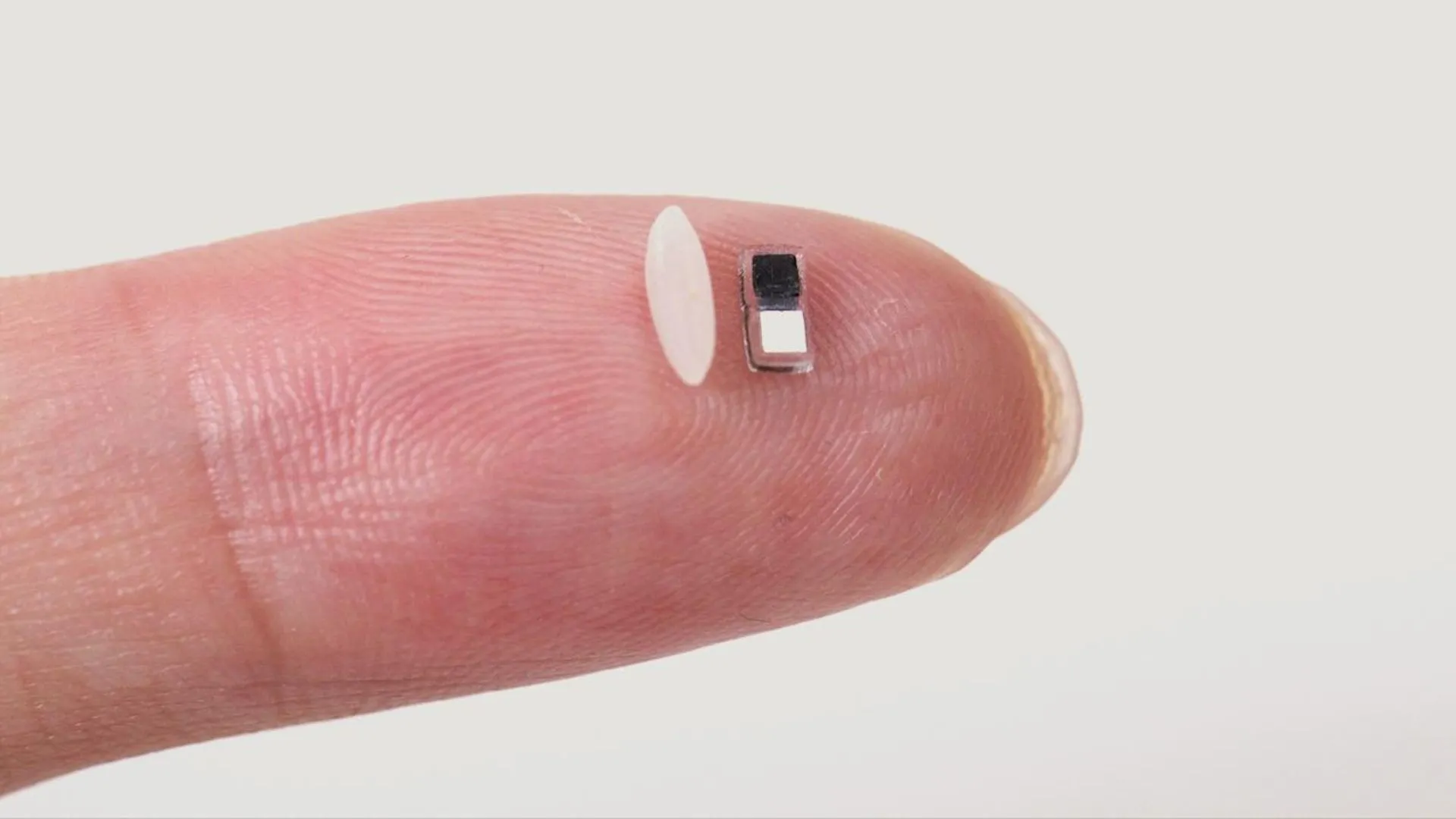In the United Kingdom, women have surpassed men in the medical profession, marking a historic shift in gender dynamics. According to recent data, 60% of medical students are now female, a statistic that reflects both societal changes and the growing representation of women in higher education and professional fields. The increasing number of women in medicine is reshaping the healthcare sector, bringing diverse perspectives, leadership styles, and a more inclusive approach to patient care.
Evolution of Women in Medicine
Historically, the medical field has been dominated by men, but over the past few decades, women have been gradually breaking down barriers in what was once considered a male-dominated profession. In the UK, as more women pursue medical degrees, the number of female doctors has steadily increased, leading to a more gender-balanced workforce.
The first significant signs of change appeared in the 1970s when women began entering medical schools in greater numbers. By the late 20th century, women were no longer a rarity in the field. Now, in 2024, women not only make up the majority of medical students but also comprise a significant portion of the medical workforce.
This gender shift has been influenced by several factors, including changing societal attitudes toward women’s education and career opportunities, as well as evolving policies that encourage gender equality in higher education and the workforce. The expansion of medical programs that accommodate work-life balance, including flexible working hours and part-time training, has further facilitated the entry of women into the profession.
Impact on the Healthcare Sector
The increasing presence of women in medicine has had several positive effects on the healthcare system. Research suggests that having a diverse healthcare workforce can improve patient outcomes. Female doctors often bring unique communication styles and emotional intelligence, which can be particularly valuable in patient care. Women are also more likely to emphasize preventive health, mental health care, and patient-centered approaches.
Women in medicine have also become increasingly visible in leadership roles. Although women remain underrepresented in top executive positions, the rise of female consultants, department heads, and researchers is noticeable. This shift not only challenges the status quo but also provides important role models for future generations of women aspiring to become doctors.
Addressing Gender Disparities
While the rise of women in medicine is a significant achievement, challenges remain. There are still disparities in pay and career progression. Women in medicine tend to earn less than their male counterparts, even though they often work as hard and contribute equally to the profession. There are also ongoing challenges related to work-life balance, particularly in the context of family responsibilities.
Additionally, although the number of female medical students has risen, women continue to be underrepresented in certain specialties, such as surgery or cardiology, where the gender divide remains wide. Many female doctors still face the dual pressures of balancing family life with the demanding hours that come with certain medical fields. The lack of mentorship and guidance from senior female professionals can further hinder women’s advancement in these specialized areas.
Efforts are being made to address these challenges. Medical schools and healthcare institutions are increasingly implementing policies to combat gender biases, promote equal opportunities, and support work-life balance for women. Programs designed to encourage female medical students to enter underrepresented specialties are also gaining traction.
The Future of Women in Medicine
Looking ahead, the trend of more women entering the medical profession is expected to continue. The future of medicine will be shaped by a more diverse, inclusive, and equitable workforce, where gender does not determine one’s ability to succeed. As more women enter leadership roles and specialized fields, they will continue to contribute new ideas, innovations, and perspectives that will benefit the healthcare sector.
Additionally, as gender equality continues to be prioritized across various sectors, medical institutions will need to continue addressing challenges related to pay disparity, career progression, and work-life balance to ensure that the gender divide continues to shrink.
Furthermore, there is increasing recognition of the need for diverse voices in medical research and policy development. As women make up a larger portion of medical professionals, their contributions to medical research, public health policy, and clinical practice will help ensure that the needs of all patients, regardless of gender, are met.
The rise of women in the medical field in the UK is a testament to the power of education, social change, and perseverance. Today, women make up the majority of medical students and have carved a permanent place for themselves in the healthcare industry. As the number of women in the medical profession continues to grow, so does their influence in shaping the future of medicine, improving patient care, and contributing to a more equitable and inclusive healthcare system. However, it is vital that challenges related to gender equality, pay disparity, and career advancement are addressed to create a truly level playing field for all healthcare professionals, regardless of gender. With continued efforts, the next generations of female doctors will continue to thrive and break new ground in medicine.























